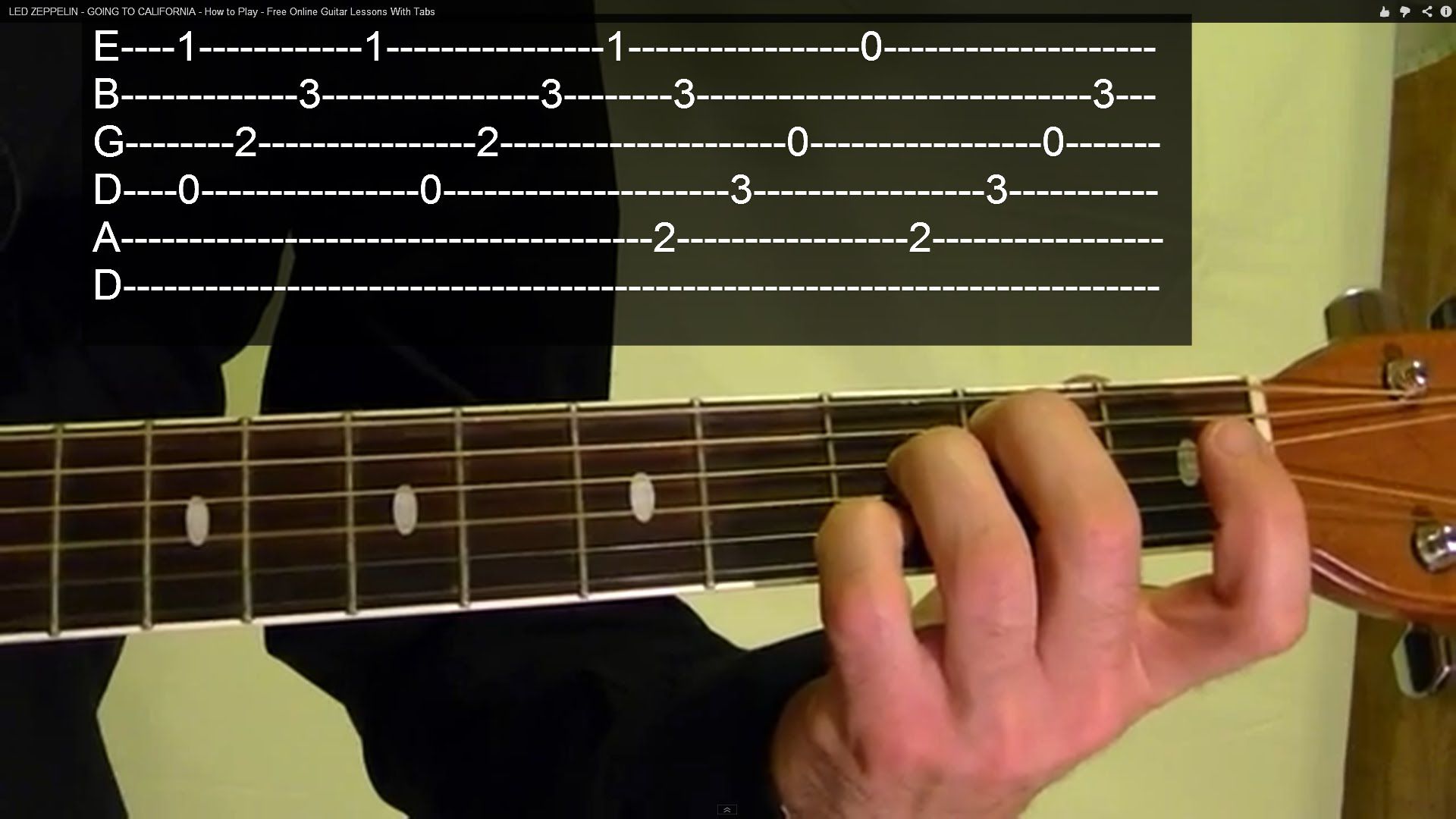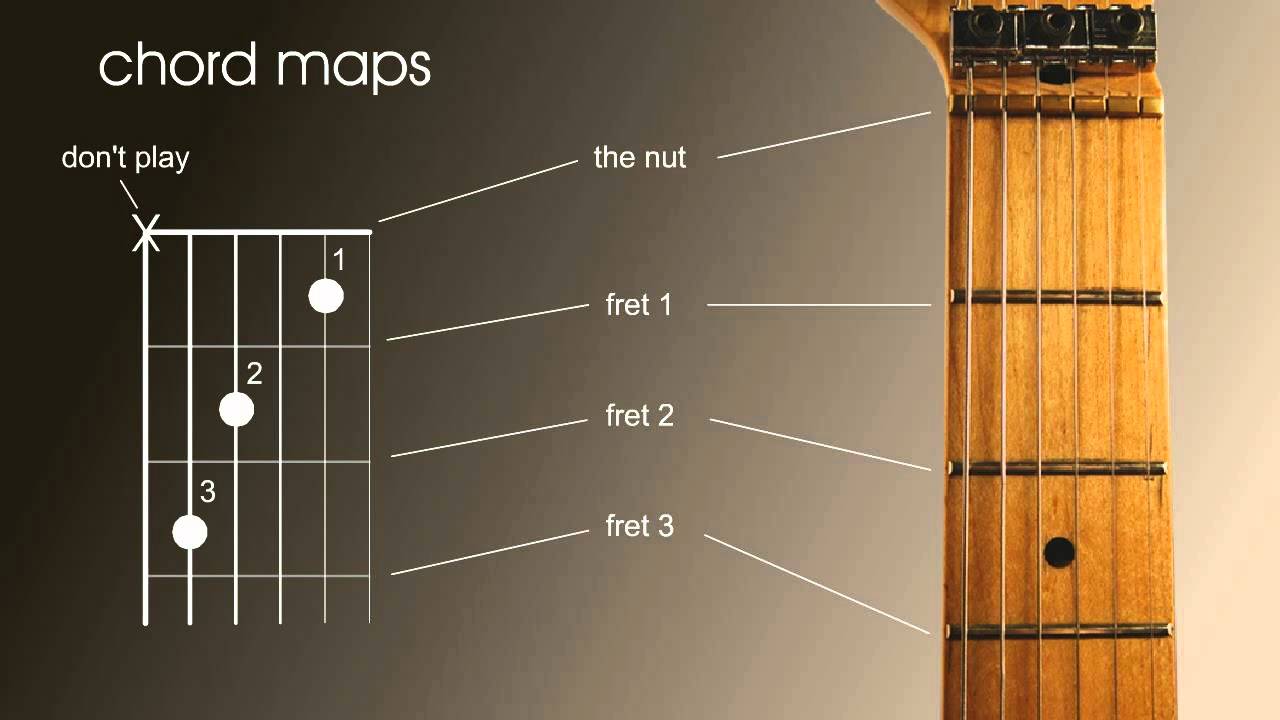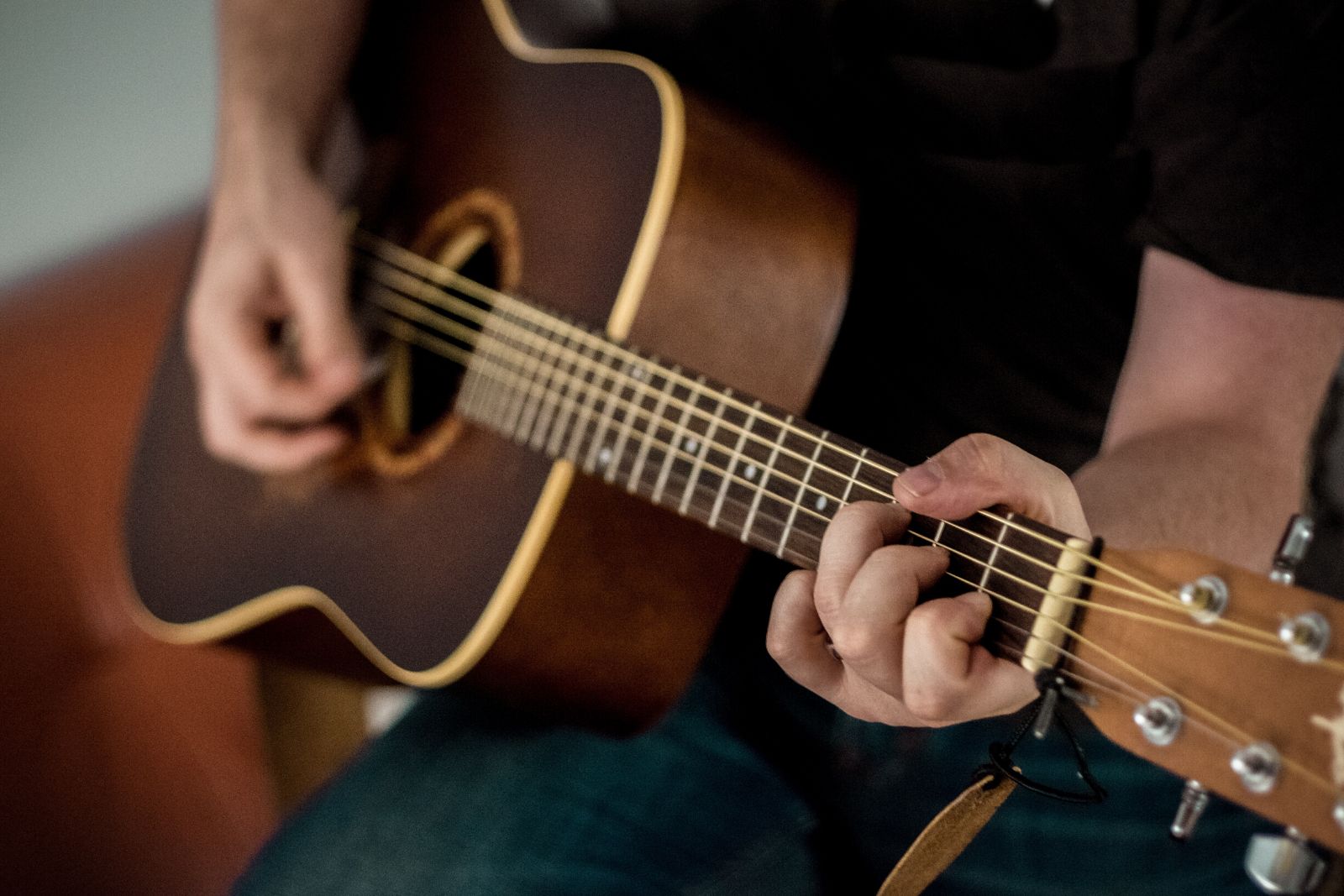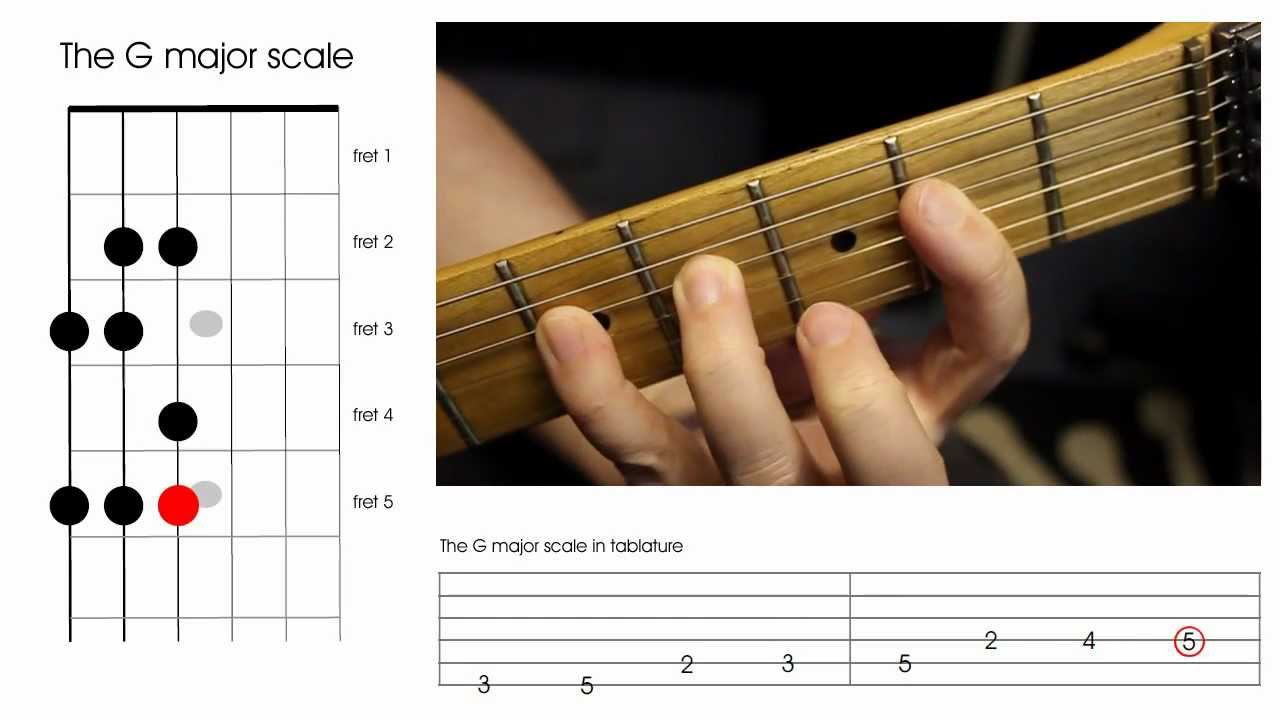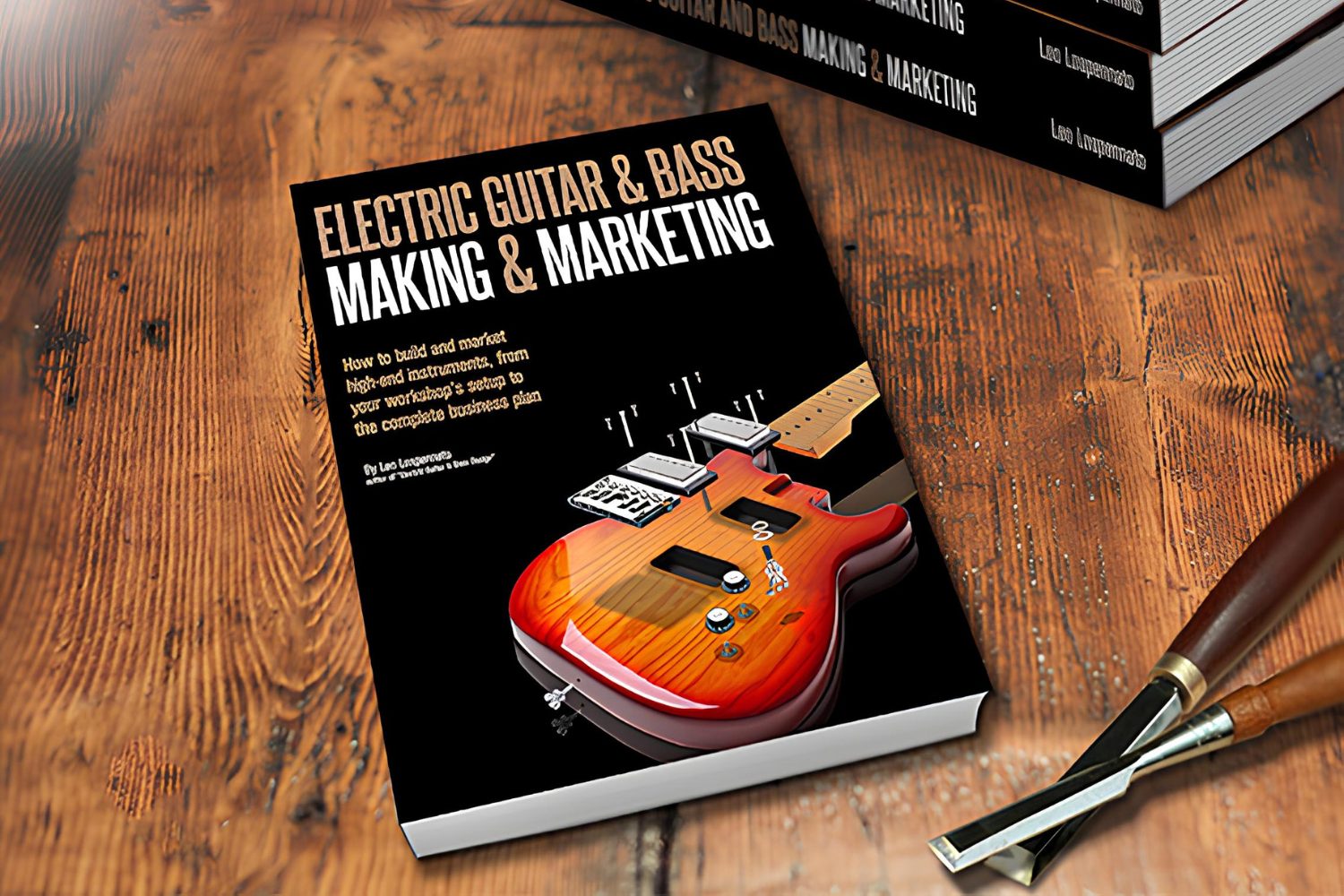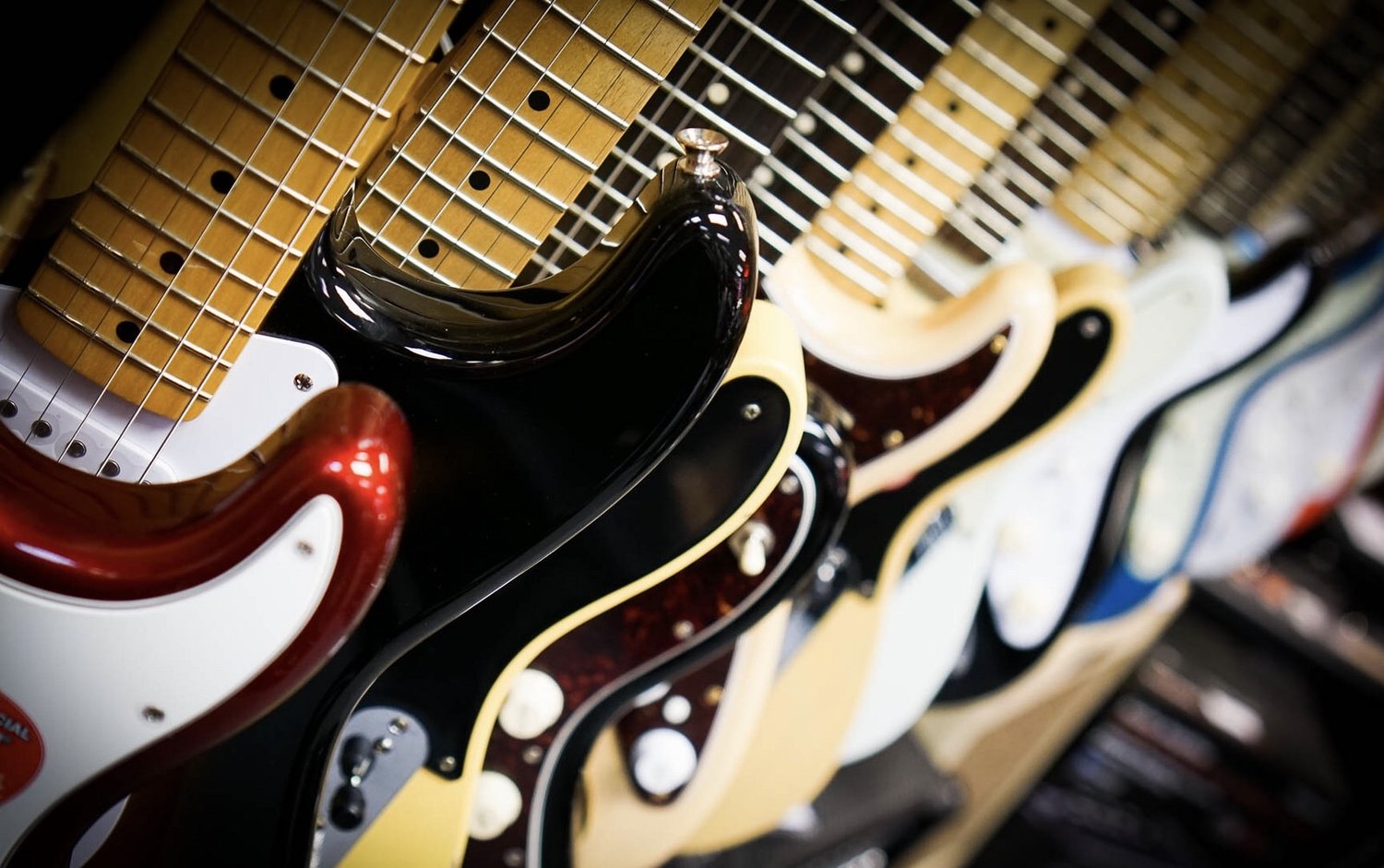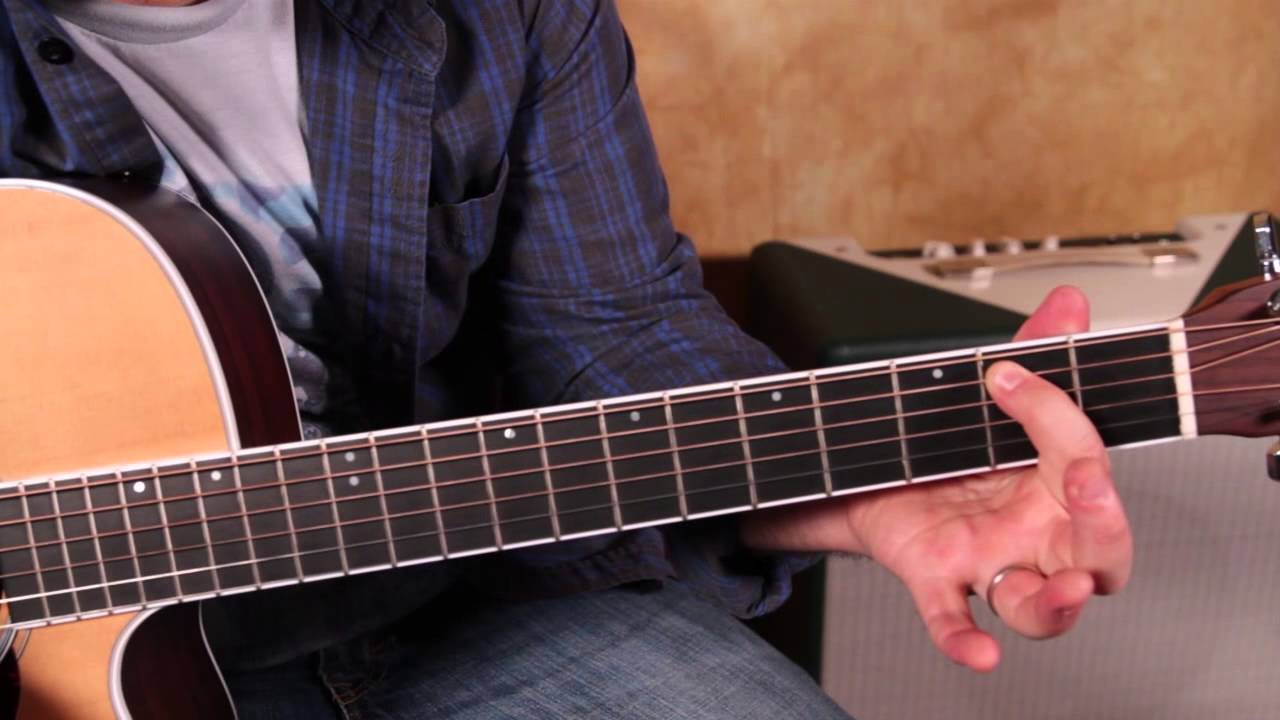What is Tablature?
Tablature, often abbreviated as “tab,” is a form of musical notation specifically designed for stringed instruments like the acoustic guitar. Unlike traditional sheet music, which uses staff notation to represent pitch and duration, tablature uses a system of numbers and symbols to indicate which strings and frets should be played.
Tablature provides guitarists with a visual representation of finger positions on the fretboard. This makes it easier for beginners to learn and play songs without having to read standard notation. It has become a popular choice for guitarists of all levels because of its simplicity and accessibility.
In tablature, each horizontal line represents a string on the guitar, and numbers are placed on the lines to indicate which fret to press down. For example, a “0” indicates an open string, while a “3” means to press down the third fret of that particular string.
Additionally, other symbols are used in tablature to provide further information about techniques and playing styles. These symbols can indicate slides, bends, hammer-ons, pull-offs, vibrato, and more. With practice, guitarists become proficient at reading tablature and interpreting these symbols to play songs accurately.
Tablature is commonly used in various genres of music, including rock, pop, folk, and blues. It allows guitarists to learn and replicate their favorite songs by following the finger positions and techniques indicated on the tab. It’s also a valuable tool for songwriters and composers to write down their ideas and share them with others.
Overall, tablature is a convenient and widely-used method for learning and playing the acoustic guitar. Whether you’re a beginner or an experienced guitarist, being able to read tablature will open up a world of possibilities for learning new songs and developing your skills.
Understanding Tablature Symbols
When reading tablature for acoustic guitar, it’s essential to understand the various symbols used to provide additional information about techniques and playing styles. Here are some commonly used tab symbols:
- Numbers: Each number on a line represents the fret to be pressed. For example, “3” means to press down the third fret on that string.
- Open String: The symbol “0” indicates playing an open string without pressing down any fret.
- Slides: Slides are indicated by an “s” between two numbers. It signifies that you should slide your finger smoothly from the first note to the second note without picking again.
- Bends: Bends are represented by an upward-facing arrow or the letter “b” above the number. It denotes that you should bend the string upward to reach the desired pitch.
- Hammer-ons and Pull-offs: A hammer-on is indicated by a curved line connecting two numbers. It means you should play the first note and then “hammer-on” the second note without picking again. A pull-off is similar, but you “pull-off” your finger from the second note to reveal the first note.
- Vibrato: Vibrato is shown by a wavy line or the letters “vib.” It suggests applying a slight oscillation or shaking motion to the fretted note to add expression.
- Palm Mute: A palm mute is represented by a “P.M.” or dashed lines. It directs you to rest the edge of your picking hand lightly on the strings near the bridge to produce a muted sound.
- Chords: Chords are usually indicated by a series of numbers displayed vertically, representing which frets and strings to play simultaneously. They are often accompanied by chord names above the tablature.
By familiarizing yourself with these symbols, you’ll be able to interpret tablature more effectively and accurately reproduce the desired sounds and techniques. Practice reading tablature regularly to improve your proficiency and expand your repertoire.
Reading Tablature for Acoustic Guitar
Reading tablature for acoustic guitar is a valuable skill that every guitarist should develop. By understanding and interpreting tablature accurately, you can learn new songs, explore different playing techniques, and improve your overall guitar skills. Here are some key steps to help you read tablature effectively.
- Observe the Tablature Layout: Tablature consists of multiple lines, each representing a string on the guitar. The top line represents the thinnest string (high E), while the bottom line represents the thickest string (low E). Take note of this layout to correctly identify the strings.
- Identify the Numbers: Look for numbers placed on the lines. These numbers indicate the frets that should be pressed. For example, if you see a “3” on the third line, it means you should press down the third fret on that string.
- Read Left to Right: Just like reading a book, read the tablature from left to right. Start with the first note indicated by a number and follow the sequence of numbers and symbols to progress through the song.
- Pay Attention to Rhythm: While tablature primarily focuses on indicating which frets to play, it may not provide precise rhythmic information. Listen to the song or refer to the original recording to determine the rhythm and timing of the notes. Pay attention to the length of each note or the presence of rests and play accordingly.
- Interpret Techniques and Symbols: Tablature often includes symbols to represent various playing techniques. Familiarize yourself with these symbols, such as slides, bends, hammer-ons, pull-offs, and vibrato, as discussed in the previous section. Interpret these symbols to accurately reproduce the desired sounds and techniques.
- Practice Slowly and Gradually: When learning a new song from tablature, start by practicing it slowly and gradually increase the speed as you become more comfortable. This will help you develop muscle memory and improve your accuracy and fluency on the guitar.
Remember, reading tablature may take time and practice to become proficient. It is recommended to start with simpler songs and gradually work your way up to more complex pieces. A combination of consistent practice, ear training, and referring to instructional resources will significantly enhance your ability to read tablature and expand your repertoire of songs for acoustic guitar.
Basic Techniques in Tablature
Tablature provides a practical way to learn and practice a wide range of guitar techniques. As you progress in your guitar journey, mastering these basic techniques in tablature will help you play a variety of songs and enhance your overall playing skills.
- Single Notes: Single note melodies are the foundation of many songs. In tablature, they are represented by numbers on a single string. Practice playing single notes by following along the tab, focusing on accuracy and timing.
- Strumming Chords: Chords are a fundamental part of guitar playing. In tablature, chords are often displayed vertically, indicating which strings and frets to play simultaneously. Practice strumming chords by placing your fingers on the indicated frets and strumming across the appropriate strings.
- Arpeggios: Arpeggios involve playing the individual notes of a chord in a broken or staggered pattern. Tablature can help you understand the sequence of notes in an arpeggio by indicating the order in which the strings should be played. Practice arpeggios slowly and gradually increase your speed and accuracy.
- Slides: Slides can add fluidity and expressiveness to your playing. In tablature, slides are indicated by the letter “s” or a curved line connecting two numbers. Practice sliding your finger smoothly along the fretboard between two notes to achieve a seamless transition.
- Bends: Bending the strings can create wonderful variations in pitch and add emotion to your playing. In tablature, bends are represented by an upward-facing arrow or the letter “b” above the number. Practice bending the string upwards to reach the desired pitch, and release the bend smoothly for a controlled effect.
- Hammer-Ons and Pull-Offs: Hammer-ons and pull-offs are techniques used to create smooth transitions between notes. In tablature, hammer-ons are indicated by a curved line from a lower number to a higher number, while pull-offs are represented by a curved line from a higher number to a lower number. Practice these techniques by tapping your fingers onto the fretboard to produce the desired notes without picking the string again.
- Palm Muting: Palm muting is a technique used to dampen or mute the sound of the strings. In tablature, it is often indicated by the letters “P.M.” or dashed lines. Practice palm muting by lightly resting the edge of your picking hand on the strings near the bridge while playing.
- Strumming Patterns: Tablature can also provide guidance on different strumming patterns to create a rhythmic groove. Pay attention to the symbols or annotations above the tab indicating the suggested strumming pattern. Practice these patterns slowly and gradually increase your speed.
Remember, mastering these basic techniques in tablature requires consistent practice and patience. Take your time to focus on each technique individually, and incorporate them into your playing as you progress. With dedication and practice, these techniques will become second nature, opening the door to more advanced playing styles and musical versatility.
Reading Chords in Tablature
Reading chords in tablature is a valuable skill that allows you to play multiple notes simultaneously, creating fuller and more harmonious sounds on the acoustic guitar. Here are some tips to help you effectively read chords in tablature.
- Identify the Chord Name: Look for the chord name written above the tablature. This helps you know which chord to play and ensures you’re on the right track.
- Refer to the Fret Numbers: Tablature includes numbers on each string corresponding to specific frets. For chords, these numbers indicate which frets to press down on each string to form the chord shape.
- Read the Vertical Alignment: In tablature, chord shapes are displayed vertically, with stacked numbers corresponding to each string. The numbers in a column indicate that those strings should be played simultaneously, either by strumming or picking.
- Focus on the Fretted Notes: The numbers on the lines indicate the fretted notes, while open strings without any number indication are played as open strings. Place your fingers on the specified frets and then strum all the strings indicated in the chord shape.
- Strumming Patterns: Tablature may provide symbols or annotations above the chord shapes to indicate the suggested strumming patterns. Pay attention to these indications and practice the appropriate strumming technique to achieve the desired rhythm and feel.
- Transition smoothly between chords: As you progress in reading chords in tablature, focus on transitioning smoothly from one chord to another. Pay attention to the finger positions and try to minimize unnecessary movement to maintain a fluid and cohesive sound.
- Use chord diagrams as a reference: Chord diagrams provide visual representations of the finger positions on the fretboard. When learning a new chord, refer to chord diagrams along with the tablature to ensure you are positioning your fingers correctly.
- Practice chord progressions: Once you are familiar with reading individual chords in tablature, practice playing chord progressions to improve your ability to switch between chords smoothly. Start with simple progressions and gradually increase the complexity.
Reading chords in tablature opens up a wide range of possibilities for playing songs on the acoustic guitar. By mastering this skill, you can strum along to your favorite songs, accompany other musicians, and create your own compositions. Remember to combine reading chords in tablature with proper finger placement and strumming techniques to achieve the desired sound and musical expression.
Intermediate Techniques in Tablature
Once you have mastered the basic techniques in tablature, it’s time to explore intermediate techniques that will further enhance your playing on the acoustic guitar. These techniques add depth, complexity, and musicality to your playing. Here are some key intermediate techniques to focus on:
- Slides: Take your sliding technique to the next level by incorporating more slides into your playing. Experiment with longer slides, parallel slides, and combining slides with other techniques to add smooth and melodic transitions between notes.
- Bends and Vibrato: Refine your bending technique by exploring bends of different intervals and using vibrato to add expression and character to your notes. Practice controlling the pitch and speed of your bends and experiment with different vibrato styles.
- Hammer-ons and Pull-offs: Challenge yourself with more complex and faster hammer-ons and pull-offs. Focus on executing them cleanly and accurately, and incorporate them into your playing to create seamless and fluid melodies.
- Alternate Picking: Mastering alternate picking is crucial for playing faster passages and achieving a more precise and controlled sound. Practice alternating your pick strokes on consecutive notes, strings, or intervals, and gradually increase your speed and accuracy.
- Hybrid Picking: Explore hybrid picking, which involves using a pick and fingers of your picking hand simultaneously. The combination of pick and fingerpicking techniques enables you to play complex patterns, arpeggios, and melodic lines with greater versatility and dynamics.
- Fingerstyle Techniques: Develop your fingerstyle technique by incorporating fingerpicking patterns and thumb-slaps into your playing. Experiment with fingerpicking patterns using different fingers and explore the use of the thumb for bass-line melodies.
- Harmonics: Practice playing harmonics by lightly touching the strings at specific frets while picking them to produce bell-like tones. Experiment with natural harmonics, artificial harmonics, and pinch harmonics to add shimmering and unique tones to your playing.
- Tapping: Tapping involves using your fretting hand to tap the strings against the fretboard to produce notes. Start with simple tapping exercises and gradually incorporate two-handed tapping techniques for more complex and intricate melodies.
Remember, mastering intermediate techniques requires dedicated practice and patience. Take the time to focus on each technique individually, and gradually incorporate them into your playing. Experiment with different styles of music to apply these techniques effectively and to add your own personal touch and creativity to your guitar playing.
Tips for Reading Tablature
Reading tablature can initially be challenging, but with practice and the right approach, you can become proficient in interpreting and playing tablature for acoustic guitar. Here are some helpful tips to improve your tablature reading skills:
- Start with Simple Songs: Begin with easy songs that have straightforward tablature. Starting with simpler songs allows you to understand the basics of tablature notation and build your confidence before moving on to more complex pieces.
- Listen to the Song: Take the time to listen to the song you’re learning. Familiarize yourself with the melody, rhythm, and overall structure of the song. This will help you connect the tablature notation to the actual sound of the music.
- Use Visual Aids: Use chord diagrams and fretboard diagrams alongside the tablature to visualize finger positions and chord shapes better. These visual aids can help you understand the connections between the tablature and the physical guitar fingerboard.
- Take Note of Rhythmic Notation: While tablature focuses primarily on the fret positions, it may not provide precise rhythm notation. Pay attention to the length of the notes, rests, and any other rhythmic indications above or below the tablature to accurately reproduce the timing and feel of the song.
- Break it Down: If a section of tablature feels overwhelming, break it down into smaller parts. Practice each section separately and gradually piece them together. This will help you tackle more challenging passages and maintain accuracy.
- Watch Video Tutorials: Supplement your tablature learning with video tutorials or guitar lessons online. Watching someone play the song and explain the tablature can provide valuable insights into technique, timing, and interpretation.
- Develop a Good Hand Position: Pay attention to your hand position, finger placement, and posture while playing. It’s crucial to maintain correctness and avoid developing bad habits that may hinder your progress or lead to injury.
- Practice, Practice, Practice: Consistent practice is the key to improving your tablature reading skills. Set aside regular practice sessions and dedicate time to reading and playing tablature. As you practice more, your familiarity with the notation and your ability to interpret it will improve.
- Experiment and Have Fun: Don’t be afraid to experiment, add your own style, and have fun with the music. Use tablature as a starting point, but feel free to make modifications or embellishments to make the song your own.
Remember, reading tablature is a skill that develops over time. Be patient and persistent in your practice, and don’t hesitate to seek guidance from experienced guitarists or instructors. The more you immerse yourself in reading and playing tablature, the more comfortable and proficient you will become on your acoustic guitar.
Common Mistakes to Avoid
When reading tablature for acoustic guitar, it’s important to be aware of common mistakes that can hinder your progress and accuracy. By avoiding these pitfalls, you can ensure a smoother and more enjoyable learning experience. Here are some common mistakes to watch out for:
- Not Taking Note of Timing: One of the most common mistakes is overlooking the timing or rhythm indicated in the tablature. Remember to pay attention to note durations, rests, and any rhythmic symbols provided alongside the tablature, as they greatly impact the overall feel and groove of the music.
- Inaccurate Finger Placement: Failing to place your fingers in the correct positions on the fretboard can lead to muffled or incorrect notes. Double-check the tablature and chord diagrams to ensure your finger placement aligns with the indicated frets and strings.
- Sloppy Transitions between Chords or Notes: Smoothly transitioning between chords or notes is crucial for maintaining a coherent and professional sound. Practice the transitions between different chords and notes, paying attention to proper finger movement and minimizing any unnecessary pauses or string noise.
- Overlooking Articulation and Techniques: Tablature often includes symbols to indicate slides, bends, hammer-ons, pull-offs, and other techniques. Failing to execute these techniques accurately can result in a lack of expression and dynamics in your playing. Take the time to understand and properly execute these symbols to truly bring the music to life.
- Ignoring Dynamics and Expressiveness: Tablature may not explicitly indicate dynamics (volume changes) and expressiveness. However, it’s essential to incorporate these elements into your playing. Experiment with varying your picking intensity, using controlled dynamics, and adding your own personal touch to make the music more expressive and engaging.
- Relying Solely on Tablature: While tablature is a valuable tool, it’s important not to become overly reliant on it. Developing your ear by actively listening to the music and training yourself to play by ear will greatly enhance your overall musicianship and ability to interpret and play songs beyond what’s simply written in tablature.
- Not Seeking Guidance when Needed: Learning to read tablature can be challenging, especially without proper guidance. Don’t hesitate to seek help from experienced guitarists, instructors, or online communities. Getting feedback and advice can help correct mistakes, clarify confusing parts, and accelerate your progress.
- Lack of Patience and Perseverance: Learning any new skill takes time and dedication. It’s important to remain patient and persistent in your practice. Avoid getting discouraged by setbacks and focus on gradual improvement. With consistent practice and a positive mindset, you’ll steadily become more proficient in reading tablature and playing the acoustic guitar.
By being mindful of these common mistakes and taking the necessary steps to avoid them, you’ll be on your way to becoming a more accurate and confident player. Embrace the learning process, stay open to feedback, and enjoy the journey of discovering new music through tablature.







